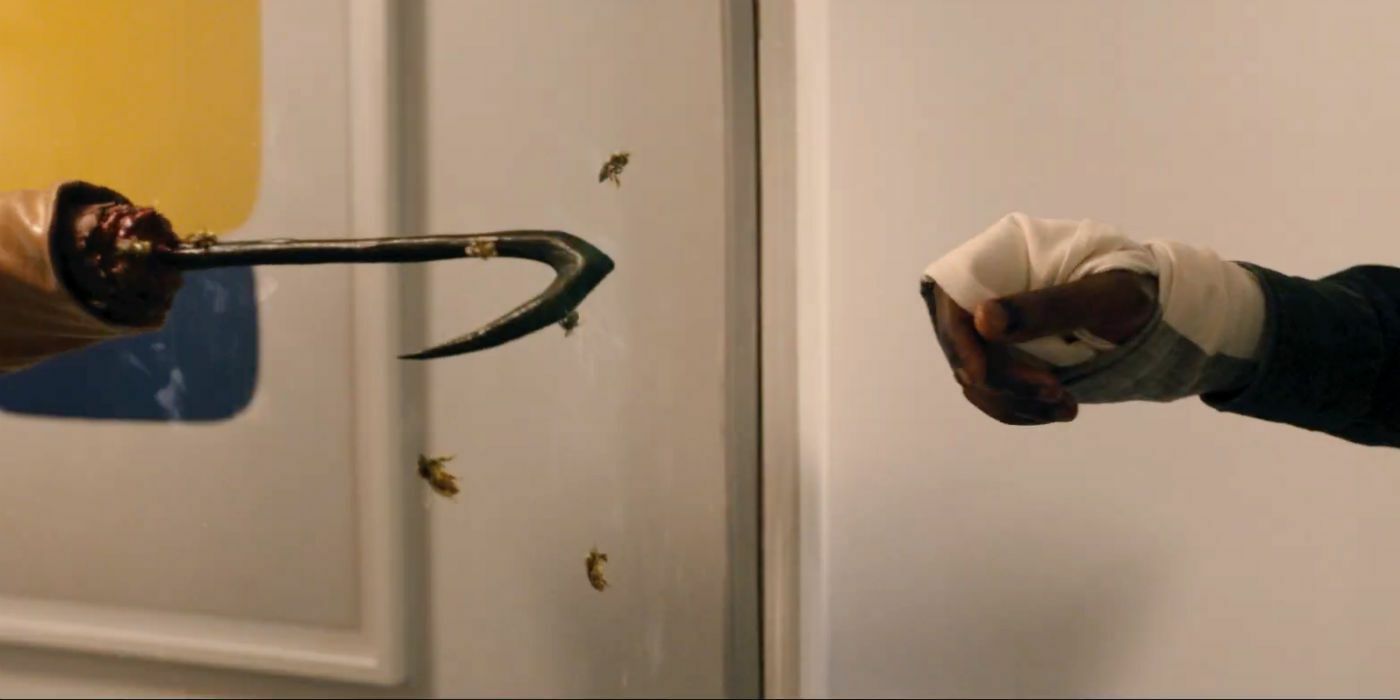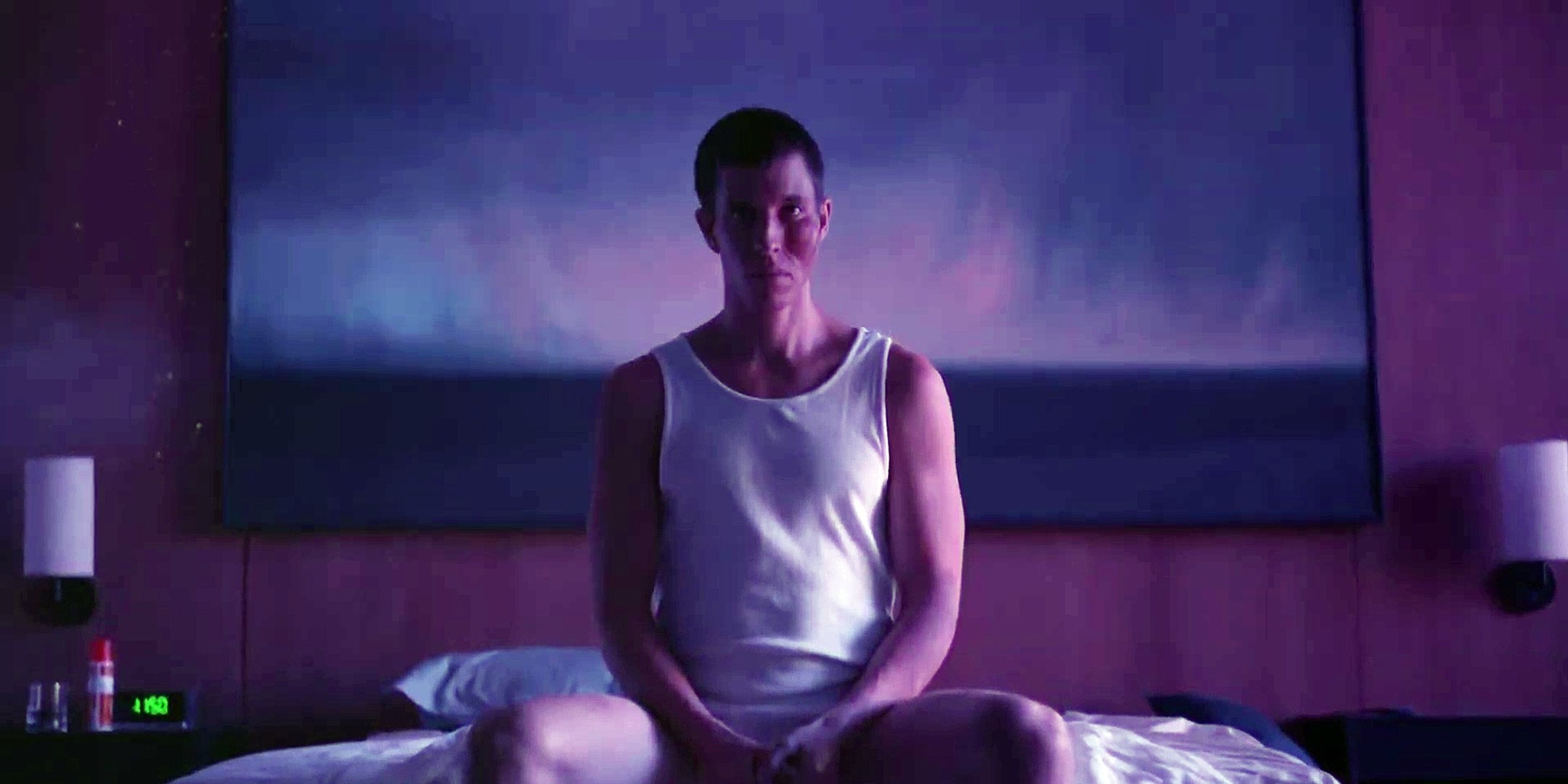It Takes Three
by Rachel Willis
The time seems apt for another modern adaptation of Cyrano de Bergerac. But throw in a few social media-obsessed teens, and you might wonder if It Takes Three isn’t exactly what Edmond Rostand had in mind when he wrote his play.
That’s giving the film a little too much credit for its cute update to a classic work.
Director Scott Coffey, working from a script penned by Blair Mastbaum and Logan Burdick, uses our current social media reality to craft a film one part Cyrano and one part every other teenage rom-com.
Today’s world, where people painstakingly craft the perfect online persona, lends itself well to the story of a man (in this case, teen) who uses the words of another to woo his lady love.
Chris (David Gridley) – star of the internet sensation HiYA! – is enamored with feminist art lover, Roxy (Aurora Perrineau). Realizing his action star/ bro persona doesn’t mesh with Roxy’s, Chris offers to pay awkward teen, Cy (Jared Gillman) to create a new, “nerd” online persona for him. Cy wants the money for plastic surgery (though the filmmakers chose not to affix any kind of embarrassing nose to Cy’s face), so he agrees.
Predictable hijinks ensue as the real Chris tries to reconcile who he is with who Cy has created online. The scenes where he spends time with Roxy offer some awkward hilarity.
But this isn’t merely Cyrano retold, and we spend plenty of time with Cy, who, when he isn’t pretending to be someone else, spends his time with best friend, Kat (Mikey Madison). But as Cy falls deeper into his role as Chris’s online ego, he loses track of who he really is.
Because of so many elements, the movie spreads itself too thin. Cy’s moms have quite a bit of screen time during the film’s first half (mostly to reassure Cy that his face is perfect), but then they are gone. Coffey relies on numerous teen rom-com tropes, which is good for a chuckle or two, but leaves the audience following characters never given much depth.
Perhaps it’s a commentary on the unreality of modern teenage life, but more likely it’s just an oversight. Still, there’s a sweetness to the characters, and you find yourself hoping they’ll figure out how to embrace who they are in a world obsessed with perfection.














